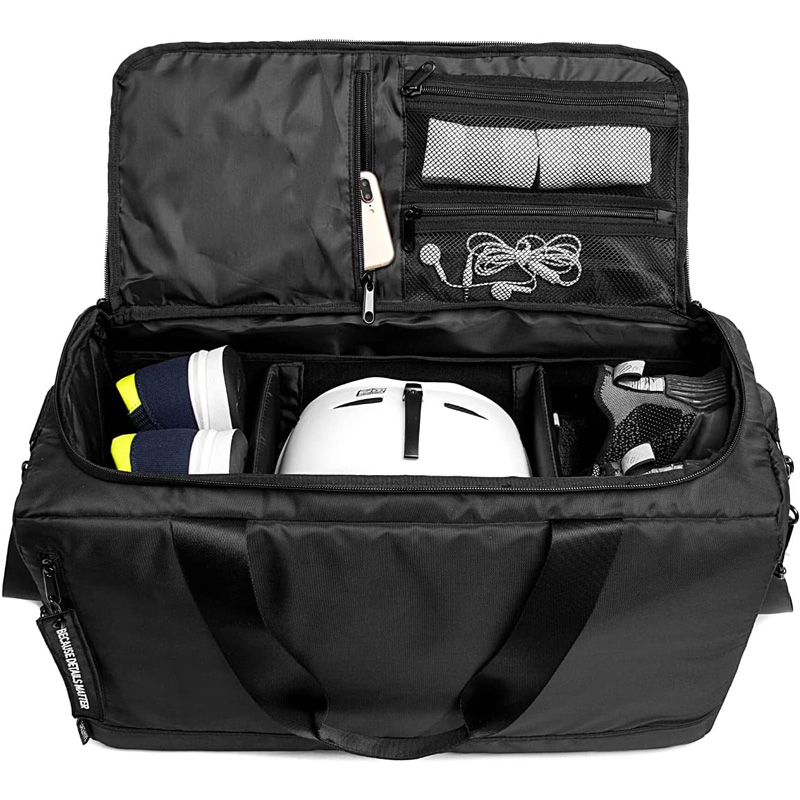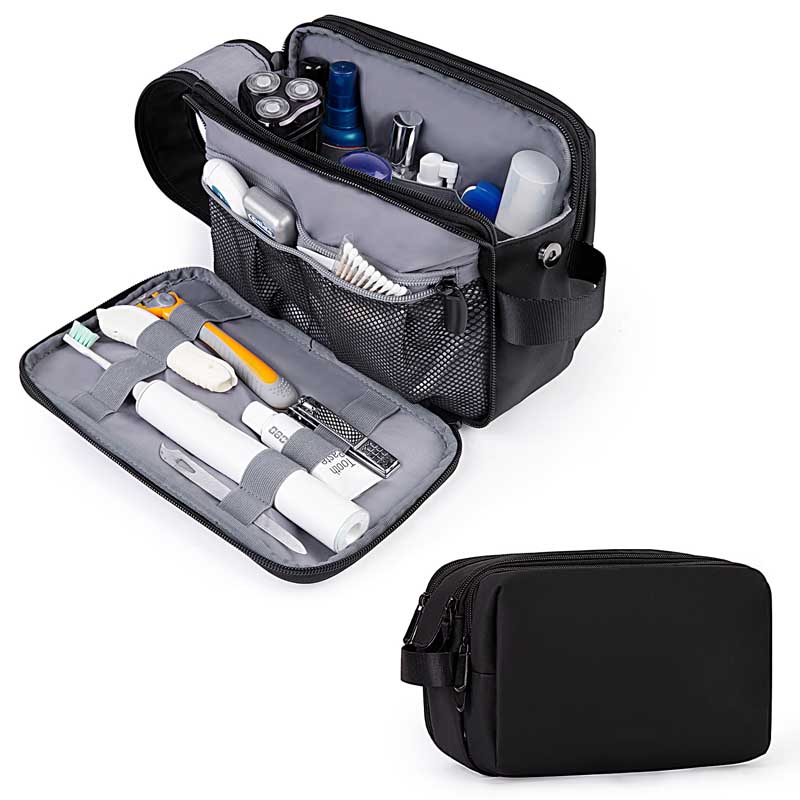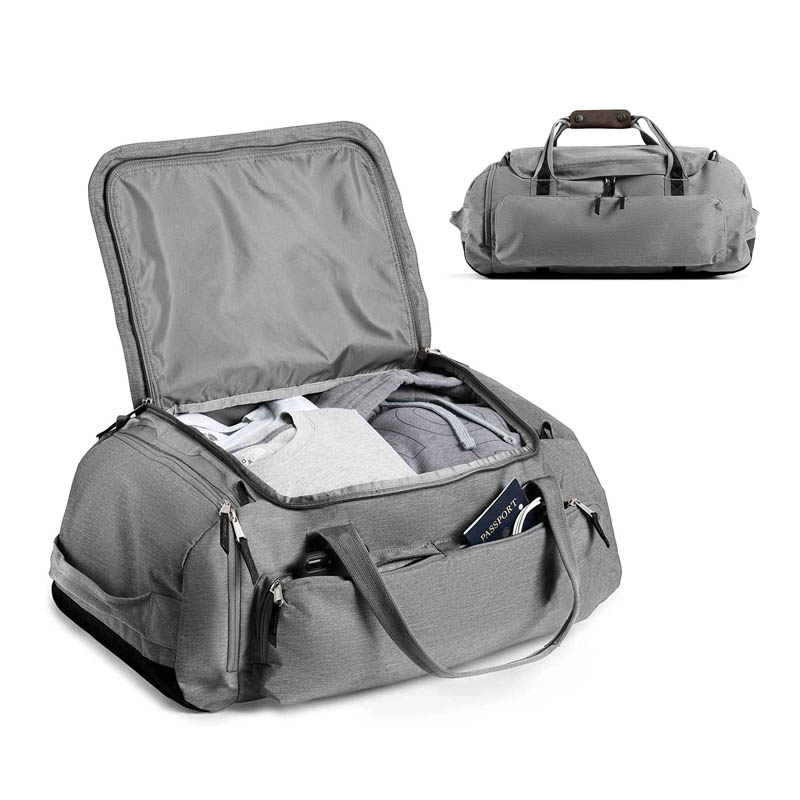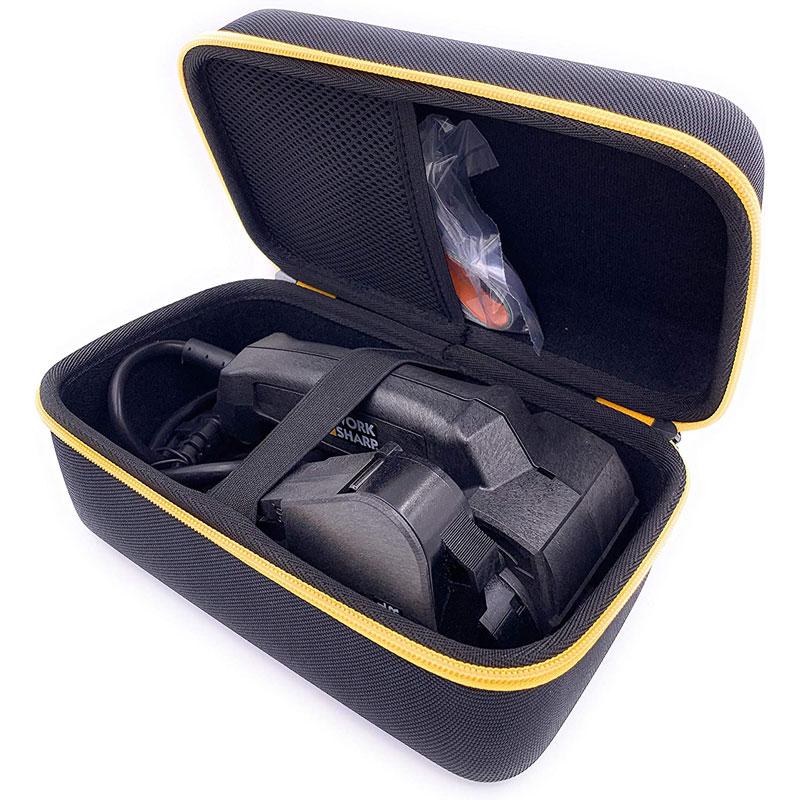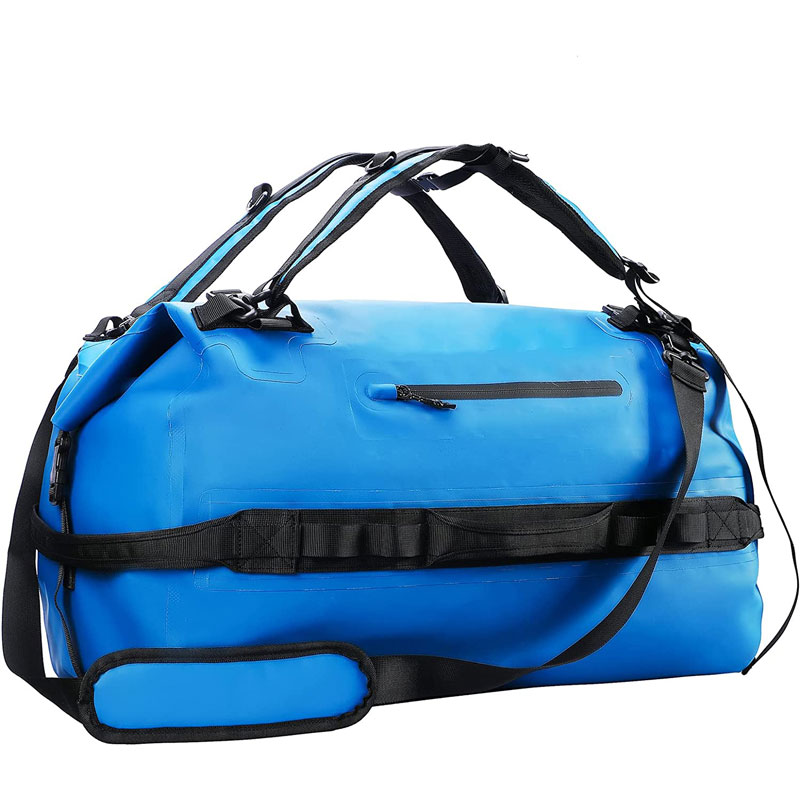What is EVA and is it Safe? Exploring the Ethylene-Vinyl Acetate Polymer
In the world of materials science, Ethylene-Vinyl Acetate (EVA) stands out as a versatile polymer with a wide range of applications. But what exactly is EVA, and more importantly, is it safe for various uses? This article delves into the nature of EVA, its applications, and its safety profile.
Understanding EVA
Ethylene-Vinyl Acetate is a copolymer derived from the combination of ethylene and vinyl acetate. It is known for its flexibility, durability, and resistance to UV light, which makes it suitable for an array of products, from footwear to packaging materials.
Properties of EVA
1. Flexibility: EVA's varying degrees of flexibility are achieved by adjusting the ratio of vinyl acetate in the polymer.
2. Impact Resistance: It has excellent shock absorption properties, making it ideal for sports equipment and protective gear.
3. Thermal Stability: EVA can withstand a range of temperatures, which is beneficial for manufacturing processes and end-use applications.
4. Chemical Resistance: It is resistant to many chemicals, contributing to its longevity in various environments.
5. Transparency: Depending on the formulation, EVA can be transparent or opaque, offering design flexibility.
Applications of EVA
- Footwear: EVA is commonly used in the soles of shoes for its lightweight and shock-absorbing properties.
- Packaging: Its cushioning capabilities make it ideal for packaging materials to protect fragile goods.
- Medical: EVA is used in certain medical devices due to its biocompatibility and sterilization resistance.
- Automotive: It is utilized in car components for its durability and resistance to wear and tear.
- Consumer Goods: From yoga mats to toys, EVA's versatility extends into everyday products.
Safety Concerns and Regulations
The safety of EVA largely depends on its intended use and the specific formulation. Generally, EVA is considered safe for most applications, but there are a few considerations:
1. Chemical Leaching: In some cases, EVA may contain additives that could potentially leach out, especially in products that come into contact with food or skin.
2. Environmental Impact: Like many plastics, EVA is not biodegradable and can contribute to environmental pollution if not properly recycled or disposed of.
3. Regulatory Compliance: EVA must meet safety standards and regulations depending on the industry and region, such as REACH in the European Union.
Is EVA Safe?
The safety of EVA is generally affirmed by its widespread use in consumer products and adherence to regulatory standards. However, as with any material, it is crucial to ensure that the specific formulation and use of EVA meet the necessary safety requirements.
Conclusion
Ethylene-Vinyl Acetate is a polymer with a broad spectrum of applications due to its unique properties. While it is generally considered safe, it is essential to be aware of potential safety concerns related to chemical leaching and environmental impact. As the demand for sustainable materials grows, the future of EVA may include innovations that enhance its safety and eco-friendliness.
This article provides an in-depth look at EVA, its properties, applications, and safety considerations, offering a comprehensive understanding of this versatile polymer and addressing the question of its safety.
Harmony Bags has been engaged in bag manufacturing for 20 years. We are a professional company in producing various kinds of bags,such as cosmetic & toiletry bags, backpacks, travel bags, waterproof bags and waist bags. Our monthly production capacity is 500,000 bags. We can guarantee reliable quality, on-time delivery and good service.


